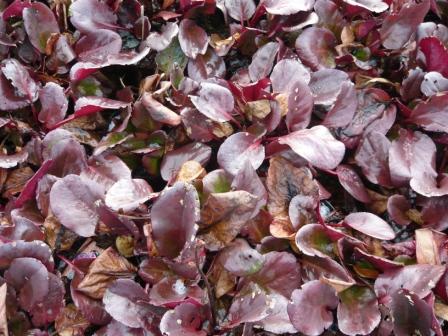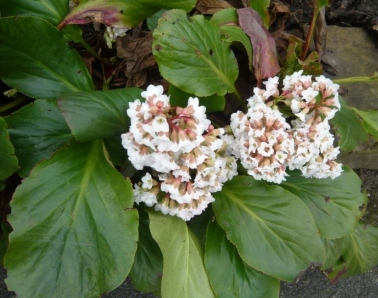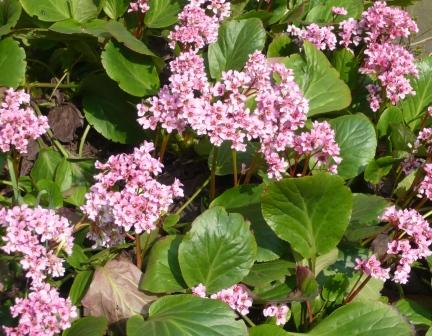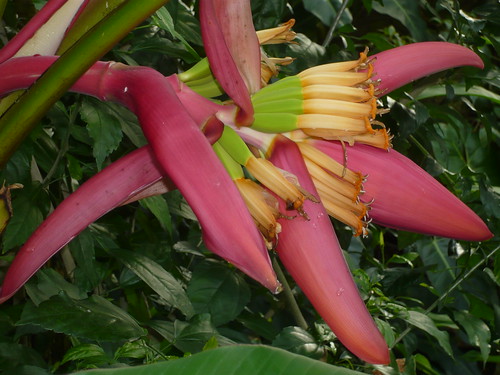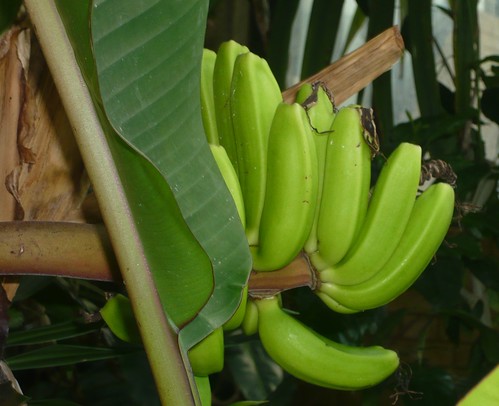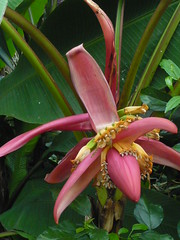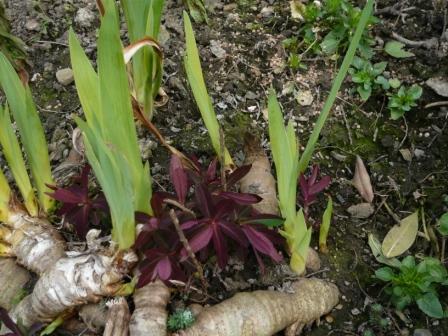Bergenia for Winter Foliage & Spring Flowers
The best Bergenias have leaves that turn a strong colour in Autumn. These purple leaves look good in the December garden when compared to the ‘Elephant Ear’ green varieties of Bergenia. These plants tend to be lusty and the rampant, leathery leaves may need cutting back to keep the plant in control.
Easy Bergenia Growing
- Bergenia ciliata make good ground cover plants 1 -2 foot tall depending on the variety.
- Bergenia cordifolia varieties have smaller leaved varieties that appeal to me for this red and purple winter leaf colouring.
- Cuttings from the rhizomes are easy to root and plants spread naturally in most conditions including shade.
- The lime green varieties may be larger leaved and more robust if you wish to cover large areas.
- They flower on stems of pink bells in clusters. Begenia Eroica is said to flower for longer.
- Dead head the flowers for a continuation of flowering.
- This flower is clear white but the buds are a rose pink.
- Bergenia have large succulent stalks and like a dampish shady spot
- The rhizomes spread and the plant is useful for covering large difficult areas like scree banks. It is too large to sit well in all but the largest rockeries.
- Bergenia varieties including Bressingham White, Baby Doll, Rotblum and Bergenia cordifolia are shade tolerant although better sun means better flowers.
Bergenia has some medicinal properties and uses see
Bergenia from amazon
